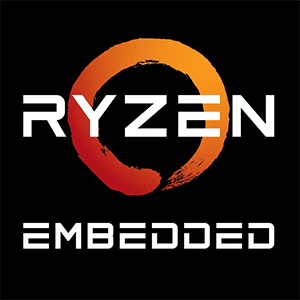Intel Core i9 14900KS vs Pentium 1403 V2
We compared two desktop CPUs: Intel Core i9 14900KS with 24 cores 3.2GHz and Pentium 1403 V2 with 2 cores 2.6GHz . You will find out which processor performs better in benchmark tests, key specifications, power consumption and more.
Main Differences
Intel Core i9 14900KS 's Advantages
Released 10 years and 2 months late
Integrated graphics card
Higher specification of memory (5600 vs 1600)
Newer PCIe version (5.0 vs 3)
Higher base frequency (3.2GHz vs 2.6GHz)
Larger L3 cache size (36MB vs 6MB)
More modern manufacturing process (10nm vs 22nm)
Pentium 1403 V2 's Advantages
Lower TDP (80W vs 150W)
Score
Benchmark
Geekbench 6 Single Core
Intel Core i9 14900KS
+590%
3444
Pentium 1403 V2
499
Geekbench 6 Multi Core
Intel Core i9 14900KS
+2583%
24020
Pentium 1403 V2
895
General Parameters
Mar 2024
Release Date
Jan 2014
Intel
Manufacturer
Intel
Desktop
Type
Desktop
x86-64
Instruction Set
-
Raptor Lake Refresh
Core Architecture
Ivy Bridge-EN
i9-14900KS
Processor Number
-
LGA-1700
Socket
Intel Socket 1356
UHD Graphics 770
Integrated Graphics
N/A
-
Generation
Pentium (Ivy Bridge)
Package
-
Transistor Count
1.008 billions
10 nm
Manufacturing Process
22 nm
150 W
Power Consumption
80 W
253 W
Max Turbo Power Consumption
-
100°C
Peak Operating Temperature
80 °C
-
Foundry
Intel
-
Die Size
133 mm²
CPU Performance
8
Performance Cores
-
16
Performance Core Threads
-
3.2 GHz
Performance Core Base Frequency
2.6 GHz
6.2 GHz
Performance Core Turbo Frequency
0
16
Efficiency Cores
-
16
Efficiency Core Threads
-
2.4 GHz
Efficiency Core Base Frequency
-
4.5 GHz
Efficiency Core Turbo Frequency
-
24
Total Core Count
2
32
Total Thread Count
2
100 MHz
Bus Frequency
100 MHz
32x
Multiplier
26.0
80 K per core
L1 Cache
64 K per core
2 MB per core
L2 Cache
256 K per core
36 MB shared
L3 Cache
6 MB shared
Yes
Unlocked Multiplier
No
-
SMP
1
Memory Parameters
DDR5-5600, DDR4-3200
Memory Types
DDR3-1600
192 GB
Max Memory Size
-
2
Max Memory Channels
3
89.6 GB/s
Max Memory Bandwidth
-
Yes
ECC Memory Support
Yes
Graphics Card Parameters
true
Integrated Graphics
-
300 MHz
GPU Base Frequency
-
1650 MHz
GPU Max Dynamic Frequency
-
256
Shader Units
-
16
Texture Units
-
8
Raster Operation Units
-
32
Execution Units
-
15 W
Power Consumption
-
0.78 TFLOPS
Graphics Performance
-








